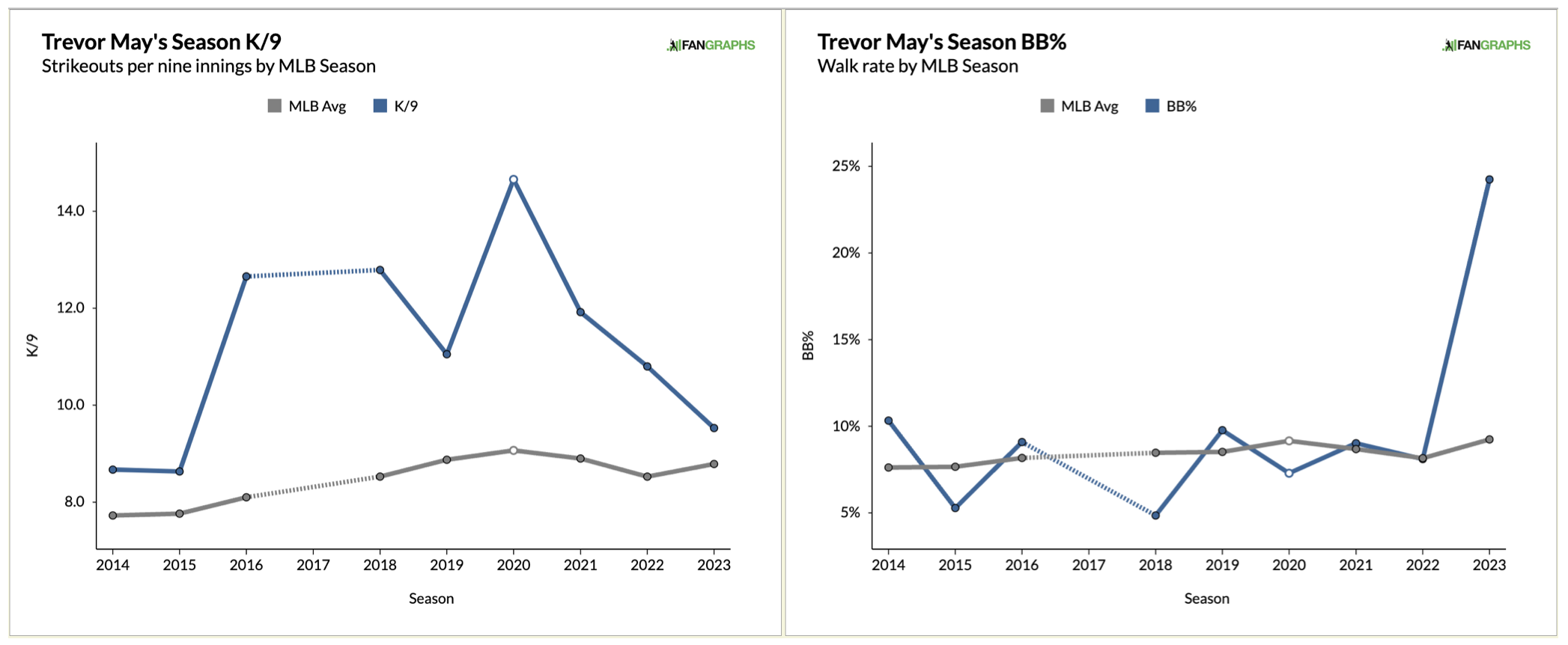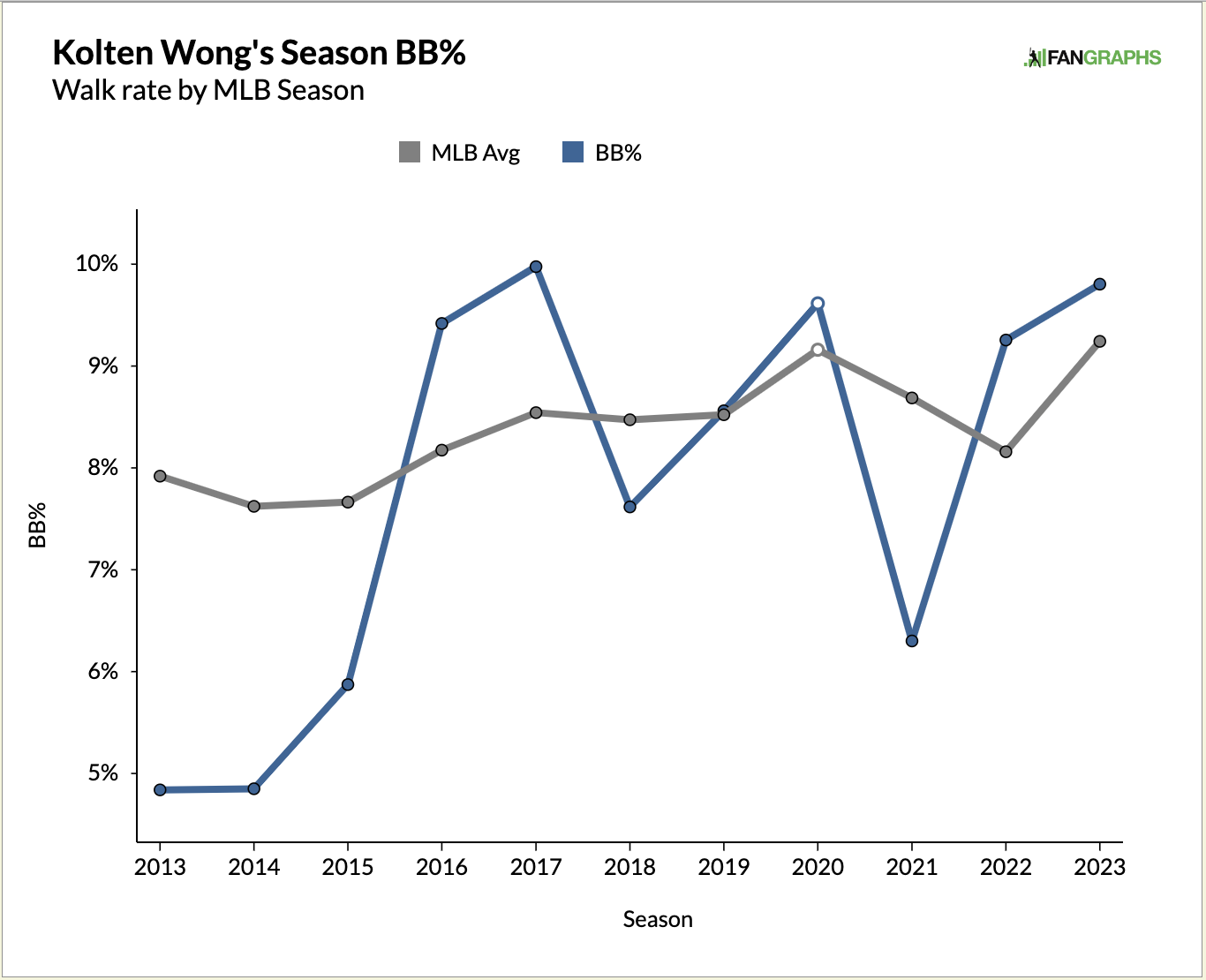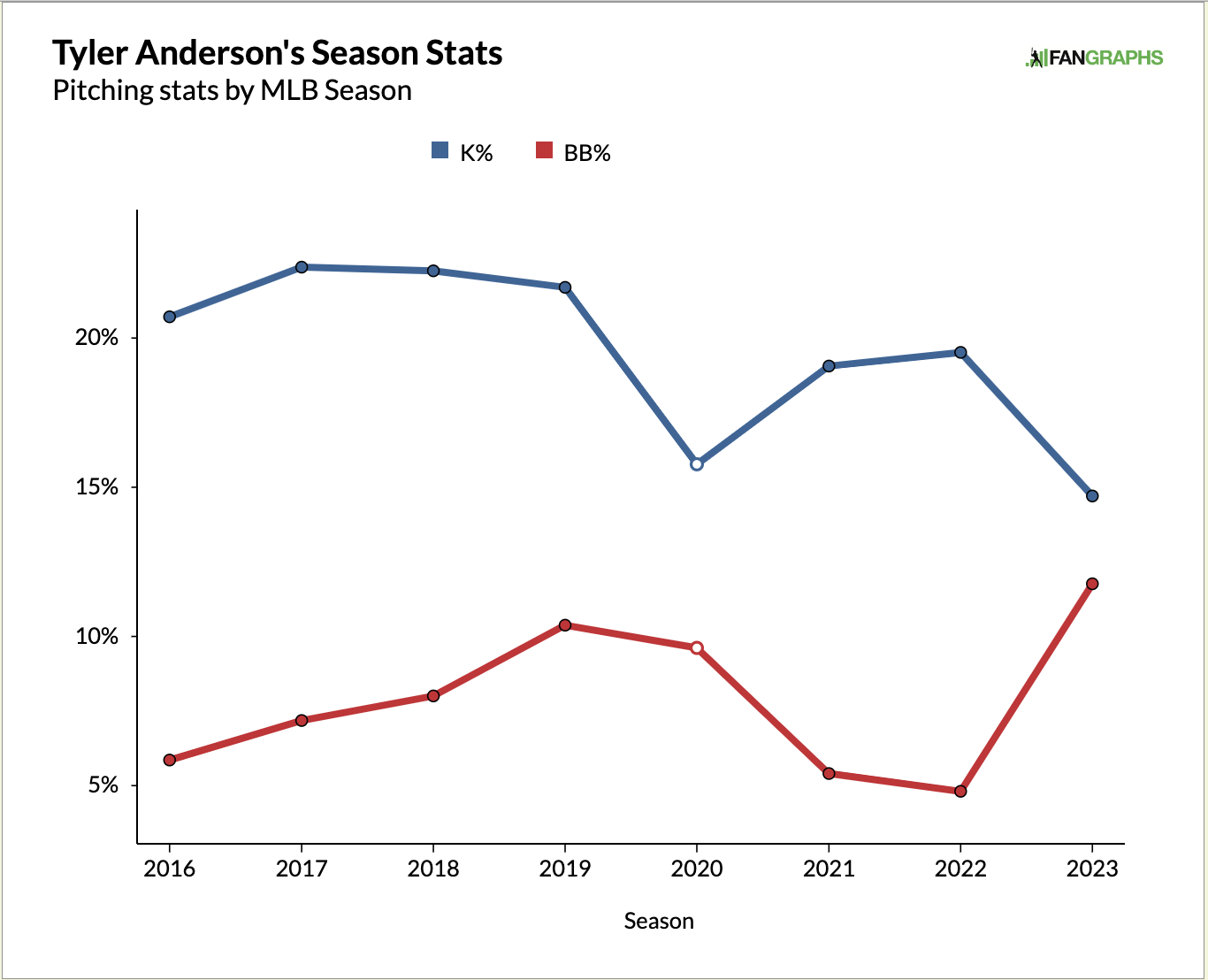Ottoneu Starting Pitching Drip: April 21–23
Welcome back to the SP Drip. My goal for this bi-weekly column is to comb through the upcoming schedule each week to find a few under-owned pitchers (less than 50% ownership across Ottoneu) who could be used to help you hit your games started cap in head-to-head leagues or to make sure you’re hitting your innings pitched cap in points leagues. Tuesday’s article will cover the weekend (Friday, Saturday, Sunday) and Friday’s article will cover the upcoming week (Monday, Tuesday, Wednesday, Thursday). That way, you’ll have time to start your auctions in time to actually drip these pitchers into your lineup.
Upcoming Schedule:
| Home | wOBA | HR Park Factor | Away | wOBA |
|---|---|---|---|---|
| SEA | 0.307 | 99 | STL | 0.337 |
| CHC | 0.337 | 98 | LAD | 0.347 |
| PIT | 0.319 | 95 | CIN | 0.326 |
| TBR | 0.385 | 94 | CHW | 0.322 |
| BAL | 0.354 | 95 | DET | 0.269 |
| PHI | 0.354 | 106 | COL | 0.308 |
| NYY | 0.324 | 102 | TOR | 0.335 |
| CLE | 0.305 | 101 | MIA | 0.306 |
| ATL | 0.356 | 98 | HOU | 0.319 |
| TEX | 0.315 | 101 | OAK | 0.305 |
| MIN | 0.294 | 96 | WSN | 0.306 |
| MIL | 0.339 | 103 | BOS | 0.328 |
| LAA | 0.325 | 107 | KCR | 0.273 |
| ARI | 0.307 | 94 | SDP | 0.318 |
| SFG | 0.339 | 90 | NYM | 0.323 |
I’ve started pulling current season data for team offenses to assess matchups rather than continue utilizing the rest-of-season projections. That means there are a bunch of teams who were projected to be good who are currently underperforming and vice versa.
Teams with an easier weekend schedule include the Marlins, Nationals, Orioles, Padres, Phillies Rangers, Reds, and Twins. The Diamondbacks and Giants are both playing at home in their cavernous ballparks but they’re facing the Padres and Mets, respectively. On paper, it’s a decent matchup for Arizona and San Francisco because their opponents are underperforming a bit, but be weary.
Teams with tougher schedules include the Astros, Blue Jays, Brewers, Cubs, Mariners, Red Sox, Rockies, Royals, Tigers, White Sox, and Yankees.
Highlighted matchups:
| Pitcher | Roster% | Opponent | Opponent wOBA | FIP | K-BB% | HR/9 |
|---|---|---|---|---|---|---|
| Tyler Wells | 14.42% | DET | 0.269 | 4.55 | 16.4% | 1.65 |
| Kyle Gibson | 31.09% | DET | 0.269 | 4.76 | 7.4% | 1.14 |
| Zach Plesac | 13.78% | MIA | 0.306 | 4.56 | 10.0% | 1.38 |
| Hunter Gaddis | 6.73% | MIA | 0.306 | 4.27 | 10.2% | 0.71 |
| Bailey Falter | 11.22% | COL | 0.308 | 4.06 | 12.9% | 1.20 |
I’ve only got a handful of recommendations this weekend. The Orioles are hosting the Tigers who currently have the worst offense in baseball by a wide margin. That means it’s a great opportunity to drip Tyler Wells and Kyle Gibson into your rosters. The former has had a decent start to the year, allowing just a single walk in three starts with an acceptable amount of strikeouts and hits allowed. Gibson has been a successful recommendation twice already this season and this matchup is his best yet.
The Guardians will host the hapless Marlins offense this weekend, giving you another opportunity to drip Zach Plesac and Hunter Gaddis into your rosters. Plesac has been fine after his implosion in his first start of the year against the A’s. The strikeouts aren’t there but he isn’t walking anyone either. Gaddis has only allowed a single home run this season, relying on weak contact in the air to get many of his outs. His xFIP is an unsightly 5.74, however, so start him at your own risk.
The Rockies will travel to Philadelphia this weekend and Bailey Falter might be lined up for a start on Saturday or Sunday. The Phillies have a double-header today and don’t have an off day this week so their rotation might need to be reconfigured over the weekend. Keep an eye on whether or not Falter is listed as a probable for that series against Colorado.
Recap: April 14–16
| Player | IP | Pts | Pts/IP |
|---|---|---|---|
| Dylan Dodd | N/A | ||
| Seth Lugo | 3.2 | 10.3 | 2.82 |
| Nick Martinez | 6 | 1.8 | 0.30 |
| Matthew Boyd | N/A | ||
| Anthony DeSclafani | 6.2 | 31.4 | 4.72 |
| Jhony Brito | 0.2 | -26.0 | -38.95 |
| Bryce Elder | 5.1 | 20.7 | 3.87 |
| Zach Plesac | 5 | 20.8 | 4.16 |
| Michael Grove | 5.2 | 30.4 | 5.37 |
| Jake Woodford | 5.1 | 21.3 | 3.99 |
| Total | 38.1 | 110.8 | 2.89 |
| Season Total | 190 | 574.2 | 3.02 |
A couple of recommendations ended up missing starts last weekend — Dylan Dodd was sent back to Triple-A when Kyle Wright was activated from the IL and Matthew Boyd had his start delayed by rain two days in a row. I think we can call Anthony DeSclafani and Michael Grove’s starts wins with Jhony Brito and Nick Martinez’s clear losses. Seth Lugo also struggled through his start, but ended up earning enough points to call it a wash.



